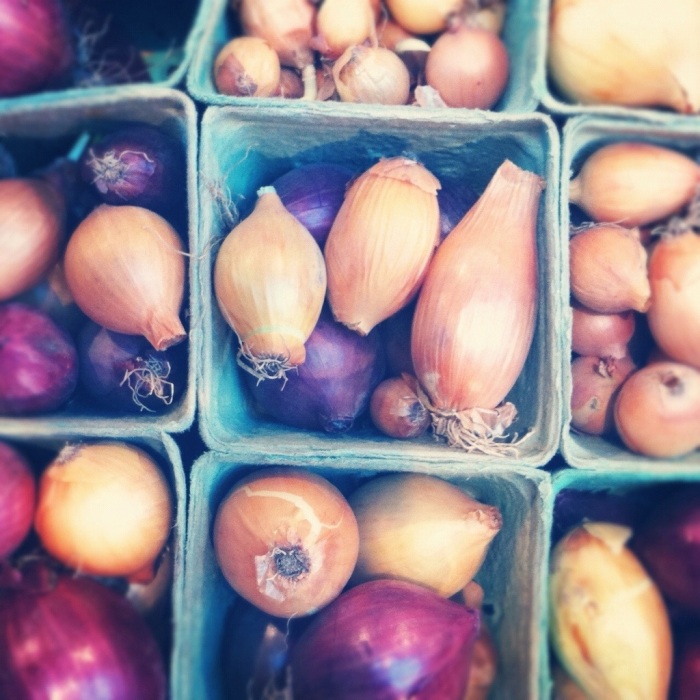It has been awhile since butter molds graced our kitchens and many of us are jumping at the chance to buy freshly churned butter at local farmers markets.
Butter is an important staple in many cultures and is a huge industry around the world. In the past 10 years India is the leader in production followed by the US, Germany and New Zealand where France is the leader in consumption
Cow milk is most commonly used, but other animals, such as goats and yaks are known to be great providers in other countries. In Tibet, a mixture of barley flour and yak butter is staple food. Fermented, or “rancid” yak butter is consumed as a hot tea in the Himalayas. Moroccans bury clarified butter in the ground and age it for several months. Salting butter is a great preservative.
There are several varieties of butter:salted/unsalted, clarified (butter that has had almost all of it’s water and butter solids removed by heating/separating), cultured butter (butter that is made from sour or fermented milk giving the butter a stronger flavor), and whey butter (whey–a liquid by-product of cheese that is added).
Whey butter, our new favorite, has a slightly salted flavor, but not as “cheesy” as cultured butter. It is great for sweet and savory applications. We use butter from Stirling Creamery and is one of our secret ingredients in our shortbreads. It adds depth and flavor to our baking both sweet and savory. Due to the fermentation in the whey there may be some health benefits, too.
I recently made butter using a wooden butter mold acquired at an antique market. A simple design, four sides and a rectangular plunger with a small wooden handle. Now, if you have ever walked away from a mixer and over whipped heaving cream by mistake, you know the butter sticks to the whip and the liquid splashes about making a mess. (I was carefully applying the same technique.) With some success, and the butter still soft, I placed it in the mold, pressed down on the handle and waited for a few minutes. I had a perfectly rectangular shape about an inch thick. It didn’t have much flavor and wasn’t very rich or buttery. There obviously is a bit more to making a tasty butter. The fat content of the cream needs to be higher and maybe a slower churning vs whipping is the key.
I am leaving the butter-making to the professionals for now, but it was fun being curious and playing with my food. I have great butter mold as a book-end to prove it.














